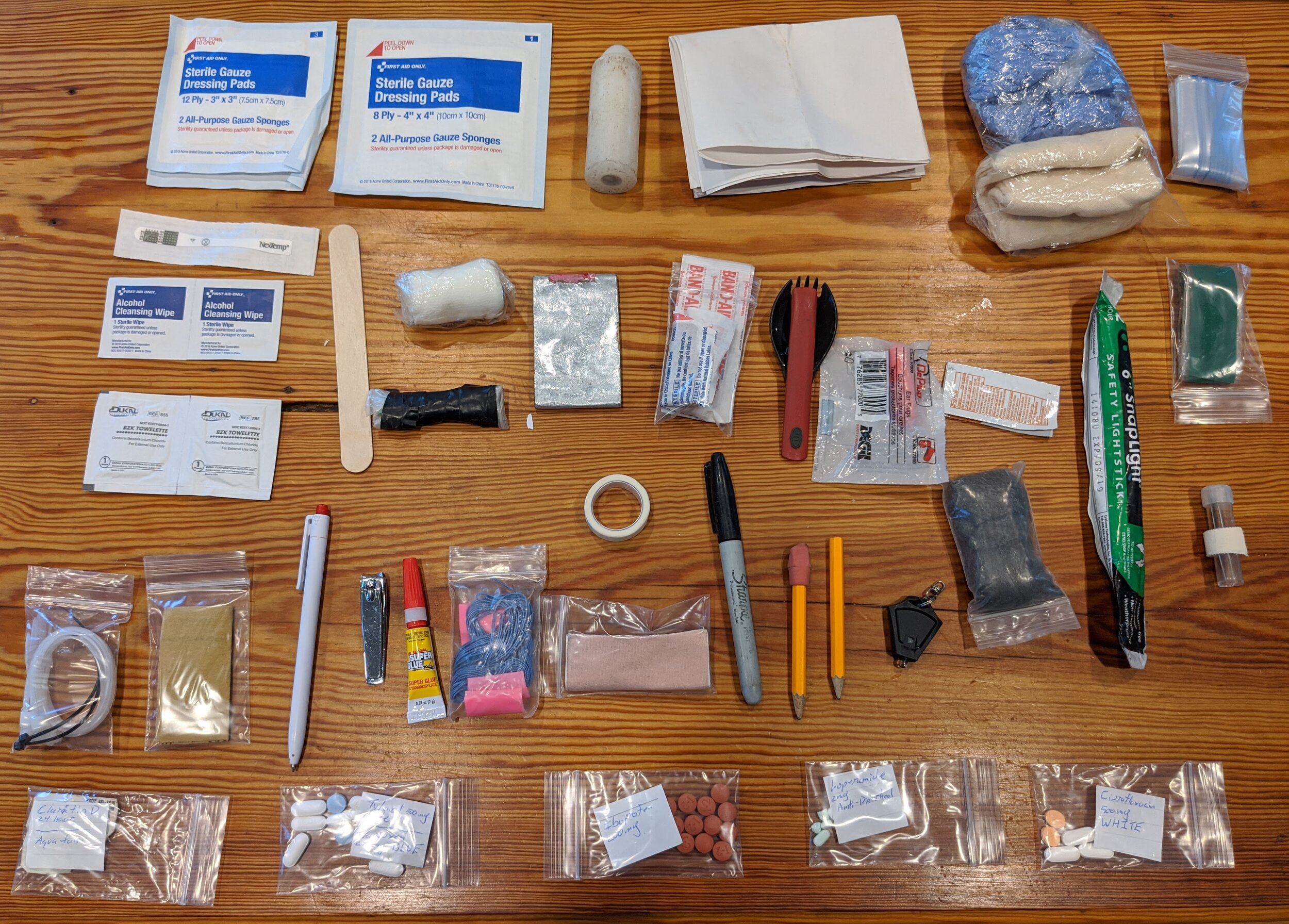This year is an interesting year for everybody. Each of us are bunkering down in place to stay safe from SARS-cov-2 and face pain and hardships we never thought we would have to face. We stare into the unknown economic pandemonium which will evolve as the pandemic continues to spread. There is so much uncertainty as to how we will continue to work and live over the next few years. Like every other organization, the Cave Exploration Society is facing many existential questions about our role when cave exploration is extremely limited. In our first annual letter, which I am calling the State of the CES, I would like to reflect on the first few months, discuss our current situation, and lay out the framework for the future.
Through the generous time and dedication of our co-founder and president, John Fioroni, we have established ourselves as an incorporated not-for-profit here in our home state of Massachusetts. The legal designation has been instrumental in raising funds and also establishing our charter, and setting the tone for how we wish to operate. These first few months have been critical to the character of our organization as we find our footing. It is difficult for any group to define themselves and get moving. A lot of debate amongst our early members and supporters tried to figure out exactly what we were.
The tributaries that have combined to make up a larger project began in the preceding decades as all of us felt there needed to be an organization which focused on people’s passions for a project, and provide the guidance and support to make it happen. So many times during the past 20 years of my caving career many people, including myself, have expressed interest in conducting a project but do not have the experience to pull it off, or the resources to make it happen. Many times, these projects die as quickly as they are born due to a lack of guidance or support. Other times I have asked to be part of the momentum of other organizations, and found a frustrating institutional inertia or disinterest from established parties. So after years of gaining experience in other fields the founders finally found a critical mass of cavers and explorers to create an organization that does just that. This group aimed to be global, focusing on any project that people have passion for. We pulled together experienced scientists, explorers, writers, photographers, and anybody that has the capacity to help into a common cause. Our goal is to enable members and partners to conduct projects related to caving, and find ways to make it happen. This ranges from science, to mapping and exploration, to reviewing and establishing new safety protocols, and creating frameworks for rescues operations.
Cavers regardless of skill are welcome to join our organization, because we feel that everybody has value and can help to fulfil our mission. But we also don’t focus on membership numbers, we do not mind if our membership is 10 or 10,000 – instead we want to focus on the quality of our projects and work, and want people to join our efforts because they too believe in exploring caves.
Additionally, anybody who has spent time in caving communities around the world knows that there are layers of localized politics, secret caves, and ancient maps rotting away in people’s basements. I cannot fathom the sheer amount of knowledge wasted from people not recording information or sharing it. This has disheartened and frustrated the common purpose of so many cavers, and needs to be fixed. Therefore adopted a few radical approaches to exploration we feel are lacking. One of the first things that we did was create a data management plan focused on the principles of inclusion and openness. Our partners have a unique level of partnership and co-ownership of each project. We feel that every one of our partners will have equal access to the data we created together, and we hope to create a system that is more transparent, open, and fair. We hope to publish our data, but do not want to support paywall or limited access resources.
Our first steps are now behind us, and now we are stretching our proverbial legs. The reality is that as a new group with a unique mission, we will stumble in these first few years as we find our footing. We are building a library of scientific equipment and are teaching people how to use it in the hopes that people will have the tools to begin citizen-science projects, and find partnerships for projects either within the CES or through other relationships. We are creating an ongoing experiment to measure common bolt placement problems we see so that we can create databases of common failures. We are working on grants to obtain even more advanced scientific equipment. And we are leading trips to lead or coordinate large exploration projects in Cuba, Turkey, Italy, and the United States. As we find our footing we may trip, but that is how we will grow.
The CES is not trying to duplicate the social or scientific efforts that other caving organizations cover, we feel that those organizations sufficiently cover those missions. I personally have subscribed life membership to a number of other caving organizations because I strongly believe in their purpose and want to support them. But there remain significant gaps in project management and scientific exploration that needs to be filled, and that is where the CES comes in. We are eager to take up the mantle and lead the way, but we are even more excited to enable others to do the same. With clear mission and untapped enthusiasm, I believe the CES will begin a new phase of caving.
Lee-Gray Boze, Board Member



























